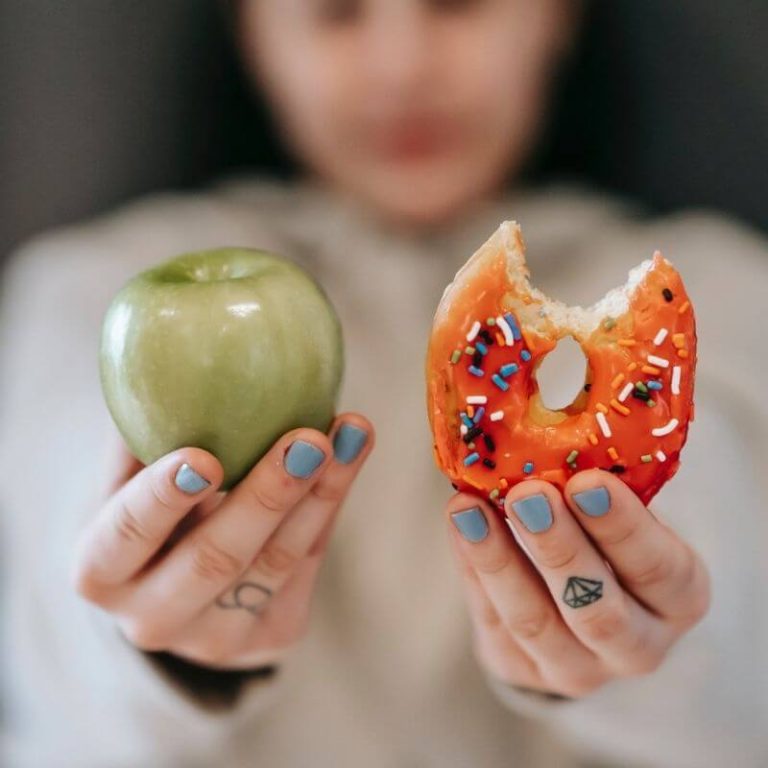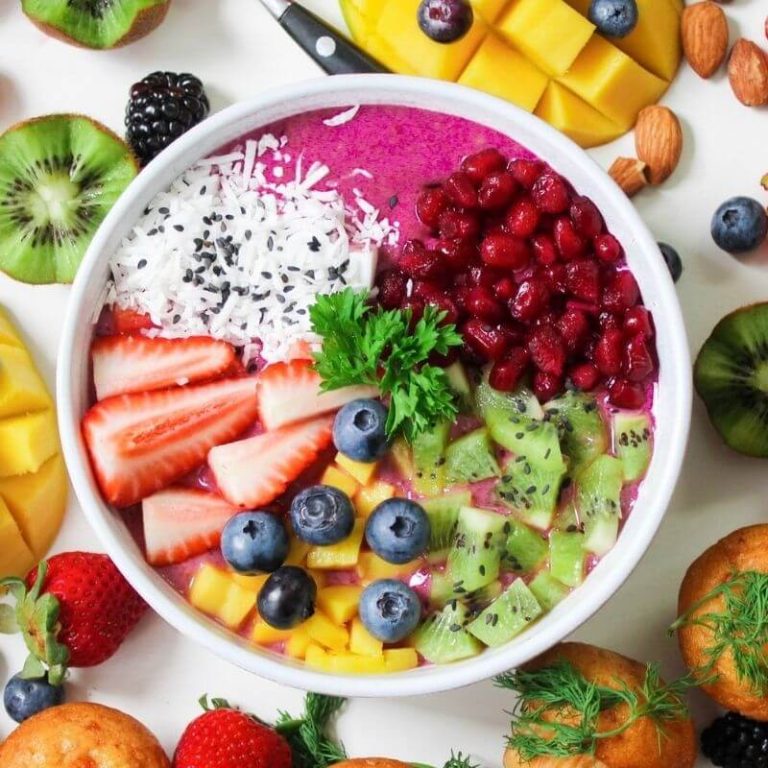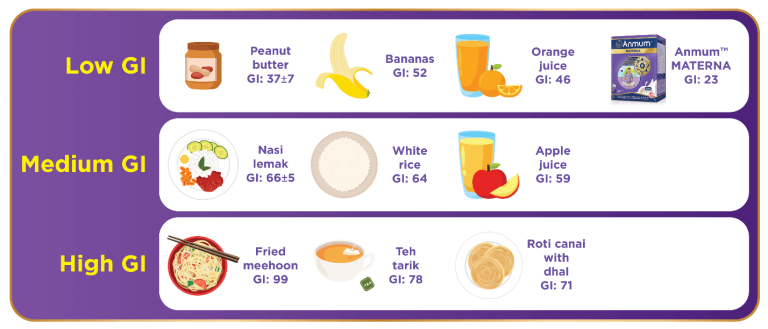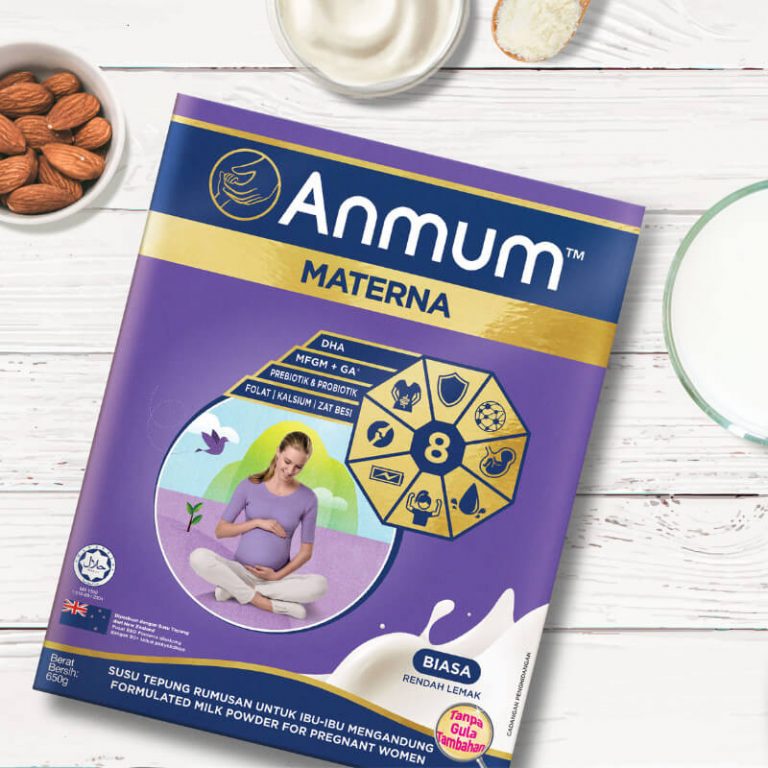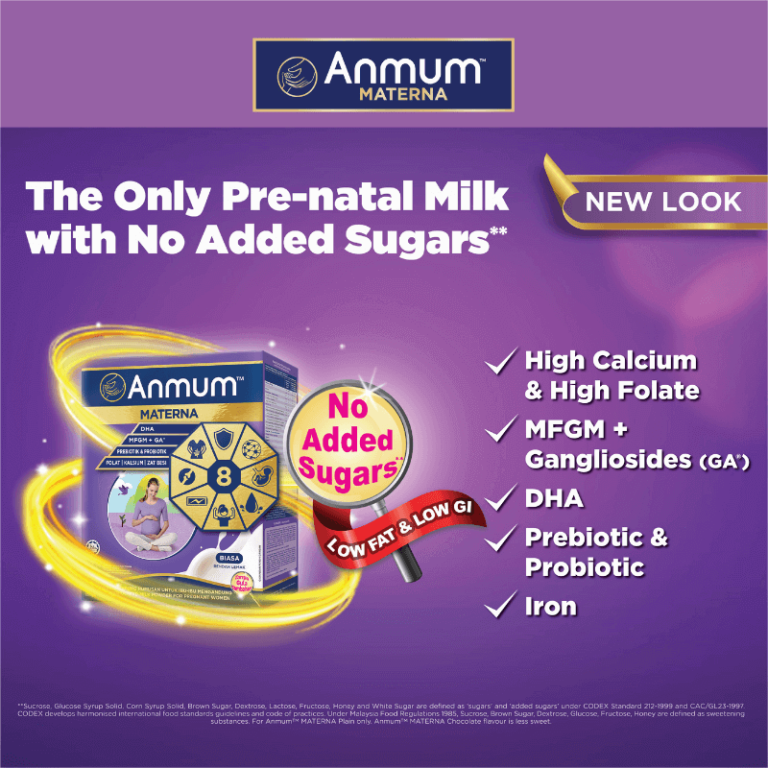The Must-Know Tips to Approaching Your Honest Pregnancy Moments: Cravings
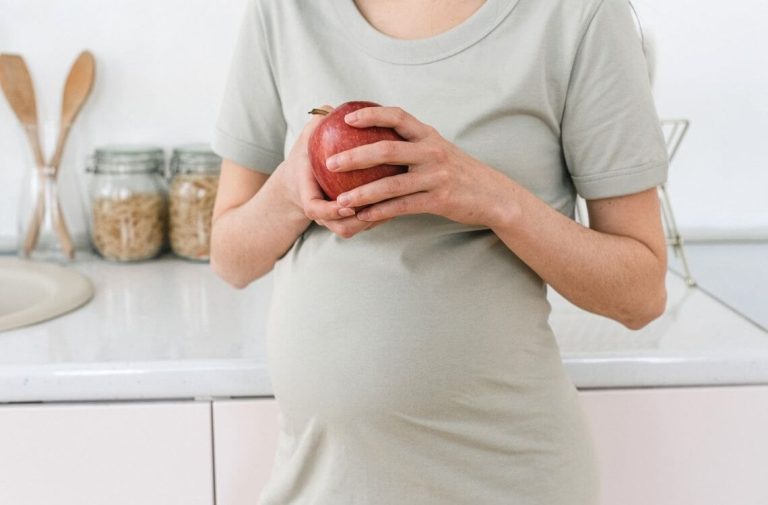
One thing great about being pregnant is the ability to say “I am eating for two!”
Two slices of cheesecake. Two pieces of brownies. A double scoop of mango ice cream.
Isn’t that great? After all, most women dream of eating as much of their favourite food without gaining weight. What’s more? You are required to gain weight!
Then comes the cravings. Whatever you want, you got to have—and that balances the not-so-great feelings you might have during pregnancy that include morning sickness, urgent and frequent excursions to the loo and constipation.
Image credit: Pexels
That is when food comes in to be the sole comfort during your journey—yet again.
But hold up!
Eating more when pregnant is normal, but eating too much can pose a problem if you are on the road to gaining weight excessively.
Pros and Cons of Cravings
Most pregnancy cravings are personal, harmless, and can even be kind of funny. An estimated 50-90% of pregnant women experienced cravings and the most commonly reported craved foods are sweets, such as ice cream and chocolate, and dairy products, such as cheese and sour cream. You might have experienced needing to have kuih talam or sago gula Melaka in the middle of the night—not very convenient, eh?
Image credit: Pexels
Pregnancy cravings can be caused by several factors that comprise hormones, an increased sense of smell and taste, and nutritional deficiencies. Cravings typically begin during the first trimester and peak in the second trimester but can happen anytime during gestation.
When you get what you crave, it oh-too-easy to overeat. But take note; a steady diet of unhealthy foods that are high in fat, sugar can lead to excessive weight gain, gestational diabetes, or other problems that can last beyond postpartum.
So, yes, it is possible to eat too much during pregnancy.
Why you should keep your weight in check
While satisfying cravings, you still have to be aware of what you are putting in your body because high sugar intake during pregnancy is clinically proven to be associated with GDM.
What is GDM?
That, ladies, is Gestational diabetes mellitus (GDM), a condition in which the hormones prevent the body from using insulin effectively. Glucose builds up in the blood instead of being absorbed by the cells. It is similar to having diabetes, but it may disappear after pregnancy. Even if it does, it may put you at risk of having diabetes in the future.
GDM impacts the pregnant mother by increasing the risk of high blood sugar and high blood pressure, which in most cases may also bring complications to the pregnancy. Currently, the rate of GDM in Malaysia stands at 22.5%.
Image credit: Pexels
Excessive sugar intake will also lead to excessive weight gain. Though you need to gain weight, there are weight gain recommendations according to how far you are in your pregnancy and your weight before conceived.
Gaining weight excessively during pregnancy may lead to GDM, too! That is why it is important to reduce excessive sugar intake and practice a low glycaemic index (GI) diet to avoid GDM.
How to Keep It In Check
Cravings are normal, but mums-to-be may feel pressured to control their urges and not give in after learning about excessive weight gain and GDM.
If they do eat what they crave, they may feel guilty or try to “make up” for the snack later by eating too little. This type of thinking is not exactly healthy as it can lead to an all-or-nothing mentality that often leads women to restrict and then later overeat. Similar to how crash diets rarely work.
If you tend to go to extremes, strive to have a good relationship with food.
Image credit: Pexels
You don’t have to torture yourself by going on a special diet, however, you can consider better options as it is important for your foetal growth and development. Do eat different types of food every day to get all the nutrients into your body.
Just like building a house, you can’t just use cement to construct it. It will definitely look odd.
Similarly, sugars do help to provide you with the energy you need to face the day, but you can’t be consuming too much of that not expect complications.
Every time you crave sweet stuff, ask yourself:
- When was the last time I ate, and what did I have?
- Do I have physical signs of hunger? For example, “Is my stomach growling?”, “Am I shaky?” or “Am I just stressed or bored?”
- When you answer these questions truthfully, it will help you make the right food choices.
- Did I drink enough water today? Because our brains can sometimes confuse dehydration with the need to have sweets.
Image credit: Pexels
If you feel like your diet is high in sugar, consider healthier alternatives like fruits, dark chocolate or yoghurt.
Mothers-to-be are also advised to consume food with low GI. The glycaemic index (GI) mentioned above is a rating system for foods containing carbohydrates. It shows how quickly each food affects your blood sugar (glucose) level when eaten on its own.
GI ratings are divided into low (55 and below), medium (56 to 69) and high (70 and above). The rule of thumb is, the lower the index, the less it affects your blood sugar levels.
Some low GI foods are whole grains, fruits, vegetables, beans and lentils. These should be consumed as part of a balanced diet. Another example of food choices is low-GI maternal milk.
Anmum™ Materna is the only pre-natal milk in the market with no added sugars** compared to other pre-natal milk on shelves. It also has been clinically tested with a low GI value of 23 for plain and 26 for the chocolate variant.
Introducing Anmum™ Materna
When deciding on a maternal milk, try Anmum™ Materna! 2 glasses a day helps to support 100% of calcium and folic acid that you need during pregnancy. It’s packed with key nutrients such as MFGM-Gangliosides, DHA, iron, prebiotic and probiotic. It is crucial to support the 8 important aspects of pregnancy.
We covered earlier on how Anmum™ Materna is low in GI and contains no added sugars**, but did you know that Anmum™ Materna is also low in fat? Don’t just take our word for it, experience the 3-in-1 goodness of Anmum™ Materna yourself. Get your free sample here or purchase a 350g trial pack here!
**Sucrose, Glucose Syrup Solid, Corn Syrup Solid, Brown Sugar, Dextrose, Lactose, Fructose, Honey and White Sugar are defined as ‘sugars’ and ‘added sugars’ under CODEX Standard 212-1999 and CAC/GL23-1997. CODEX develops harmonised international food standards guidelines and code of practices. Under Malaysia Food Regulations 1985, Sucrose, Brown Sugar, Dextrose, Glucose, Fructose, Honey are defined as sweetening substances. For Anmum™ MATERNA Plain only. Anmum™ MATERNA Chocolate flavour is less sweet.



